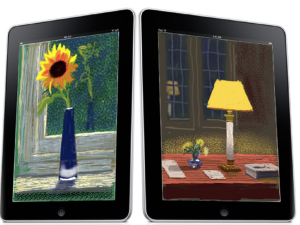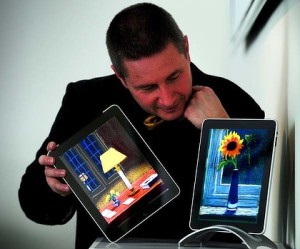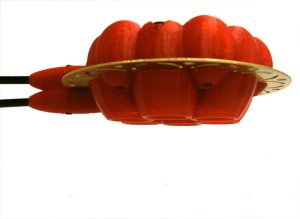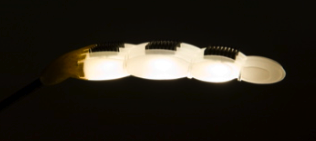‘One can do only four things with material’, is my current theory I like to test with this post. Four steps apply to the majority of making processes and some aspects of these are shifting from the makers workbench to distributed digital fabrication online.
It is worthwhile to look at these shifts in more detail as the mastery of digital technologies is involved in defining contemporary craft practitioners as ‘Designer Makers’.
The four processes are:
Cutting – Forming – Fusing – Finishing
About these categories:
Many materials used by makers are available in flat, like sheet metal, fabric, glass. Traditional cutting tools such as saws, scissors, blades are used on them, while at the same time digitally controlled cutting processes like laser & water-jet cutting or CNC plasma cutting are becoming more and more accessible. Digital processes influence most significantly the first category, cutting. Just about all flat materials can be ‘fashioned’ this way, allowing the maker to achieve repeatable precision parts countless times. These technologies are still very specialised and expensive usually out of reach of the individual maker. However a growing fabber network will bring these tools closer to the workshop of the individual maker.
The forming is still mostly in the hands of the crafts practitioner with digital 3 dimensional processes only on the periphery and used in niche applications. Once cut to size, many materials are traditionally formed through impact like the use of hammers or with the help of heat, steam or formed into and over molds. Rabid prototyping is a representing the digital fabrication for this category. For example in contemporary jewelery very detailed 3D wax or polymer prints are used to achieve – once cast in metal – very unique results.
The third category, fusing, relies heavily on the skilled work of the maker and no influence of any digital technology in this category is evident. All crafts have developed processes of combining materials either two of the same kind or as a mix of different materials. Some are permanent while others can be separated again. These fusing processes include welding, gluing, riveting, stitching, bolting.
Finishing: the treatment of the works surface is typically one of the last steps in the making process, while adding significant value to the finished object, it is time consuming. Many of the finishing processes are completed by hand. However an increasing number of digital and computer controlled processes are relevant to this category such as digital printing on fabric, laser engraving. Some of the finishing processes are mechanical or chemical and can include techniques such as engraving, polishing, printing, anodizing, lacquering.
Digital fabrication has without doubt much to offer for contemporary craft practice and over time will get more important for the contemporary designer maker. By becoming more accessible digital fabrication has the potential to contribute significantly across the entire making processes.
To integrate these technologies with traditional tools the maker has to add the required digital skills to the tool set as well. Just about all cutting processes I mentioned are based on the ability to generate vector based drawings. These would require a basic knowledge of a software such as Illustrator.
To address rapid prototyping processes, one has to master a CAD program first. Typically this requires a much steeper learning curve until one is able to create a well-formed 3D computer model. However non of these skills can’t be learned (or taught for that matter).
Together with an increasingly fast, accessible internet and more user friendly web 2 services, digital fabrication is ready to be explored creatively.

















